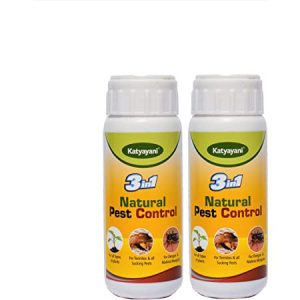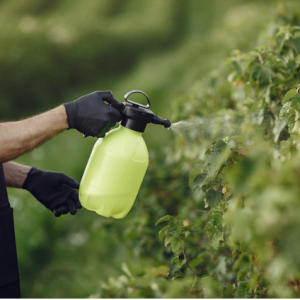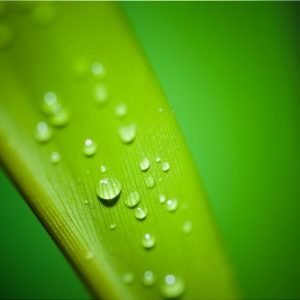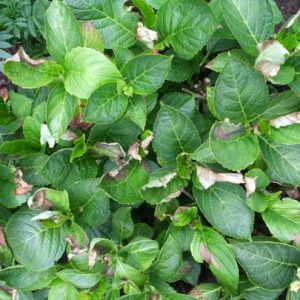Propagation Method
The true plant lover will invariably want to increase his/her own stock of house plants, particularly when they discover just how rewarding home propagation can be. The various methods (cuttings, division, air layering, and seed sowing) are as follows:
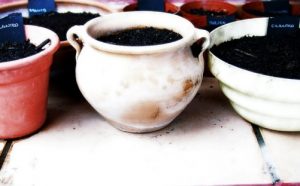
Cuttings
The simplest method of growing roots on cutting is still: put it in a bottle of water. Moreover, you have the added pleasure of actually seeing the roots grow.
Choose a fresh tip or sideshoot 6-10 cms long from the most vigorous growth of the plant and cut cleanly across just beneath a node, the point where the leaf is attached to the stem.
Remove the lower leaves from the cutting and place it in a bottle of water, but make sure that the base of the cutting does not touch the bottom of the bottle. Roots have the best chance of the developing about halfway down the bottle.
As soon as the cutting has grown a nice show of healthy roots it can be planted in ordinary potting compost. However, after two weeks there are still no roots visible, you can try planting the cutting in peat fibre leafmould, or a proprietary rooting medium.
Suitable plants for this method are: Aphelandra, Begonia Corallina, Coleus, Cyperus, Fuchsia, Gynura, Hedera, Hypoestes, Impatiens, Iresine, Tradescantia, and so on.
There are also plants that root easily if we use sections of the stem. In this way, several cuttings can be cultivated from one stem. Plants that lend themselves well to this are: Cissus, Cordyline, Terminalis, dracaena, Fatshedera, Fatsia, Hedera, Passiflora, Syngonium, and so on.
The stem sections must have at least 3 leaves or leaf buds (eyes). Place them vertically in the rooting compost or lay them horizontally on the compost and three quarters cover them wit the soil.
Division
Some Plants can be propagated by simply dividing them up into pieces. This is an ideal method for plants that grow from more than one stem, such as ferns, plants that have a rootstock (rhizome) and those that develop offshoots. The first mentioned entails separating the clump of root into sections by gently teasing them apart, making sure that each separate piece has some top growth attached to it.
Plants with rhizomes, such as Sanseviera can best be divided by cutting through the root system with a sharp sterilized knife, in such away that each cutaway section retains at least one shoot as well as a portion of the original root system.
Air Layering
A less simple method of propagating plants that are often too woody to roots normally. Air layering is used on plants with a woody stem, such as Ficus. It is ideal for shortening a plant that has gown too tall.
Compact new plants can be produced by making a clean, diagonal cut to the core of the stem at the place from which you wish to root. A match should then be placed in the split to prevent it from healing. The split or wound is then smeared with mixture of rooting powder and lanoline.
The treated section is subsequently packed around with dampened sphagnum moss, and finally wrapped in a pieces of plastic that is securely sealed at the bottom and top.
When a well developed root growth is visible through the moss, the packing can be removed. The plant stem is then cut just below the rooted top section, which can now be safely potted up. The plant it self should not be watered over the soil during this period.
Seed Sowing
Sow seeds close to the surface so that they are not cut off from the air. As a rule, the thin layer of earth covering the seeds should not be thicker than the seeds themselves. Seeds need moisture in order to germinate. This is best applied with a spray rather than the spout of watering can.
Ground warmth is absolutely essential. With the seeds of house plants that are accustomed to overwinter in a cool environment, place a box or tray of small seed pots on the warm mantelpiece or radiator. Tropical plant seeds, however, need a soil warmth of 22-30oC in order to germinate.
Authors: A. C. Muller-Idzerda, Elisabeth de Lestrieux, Jonneke Krans
